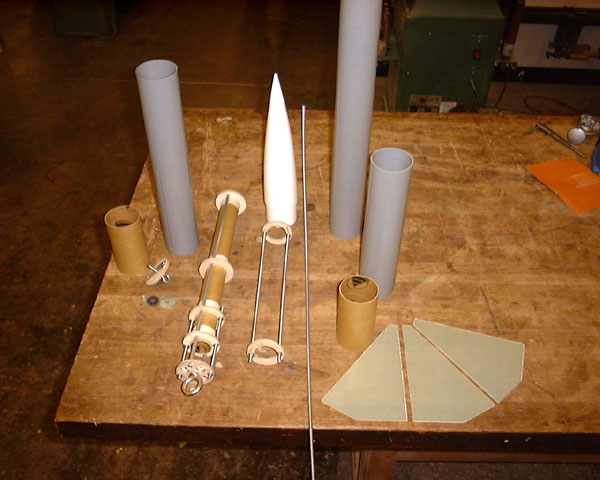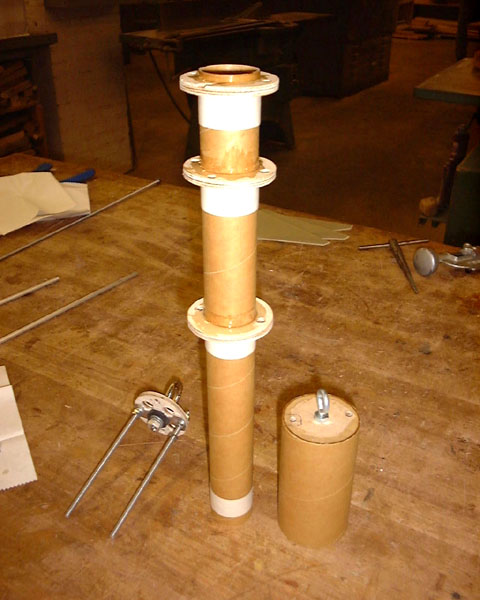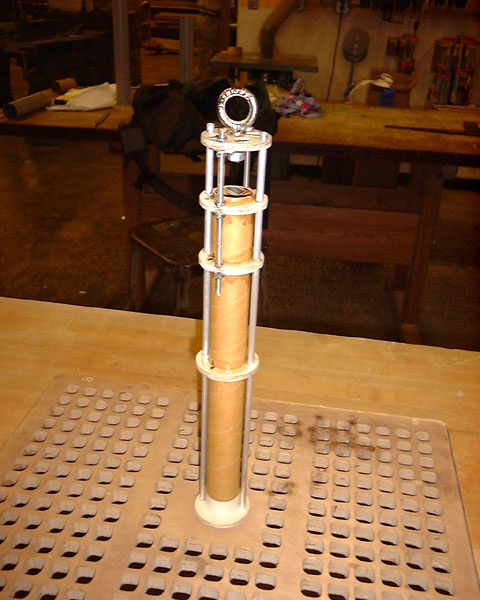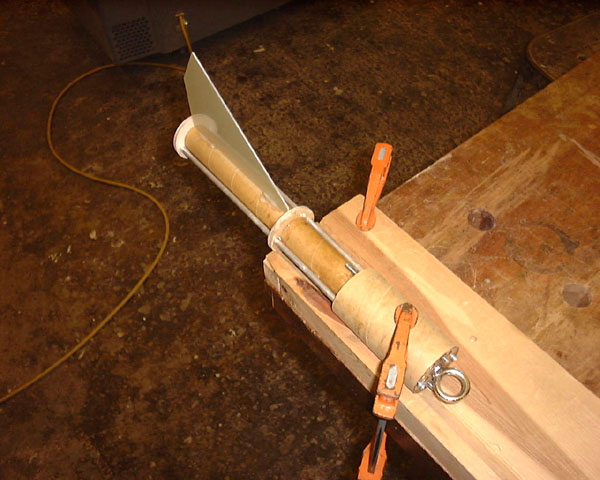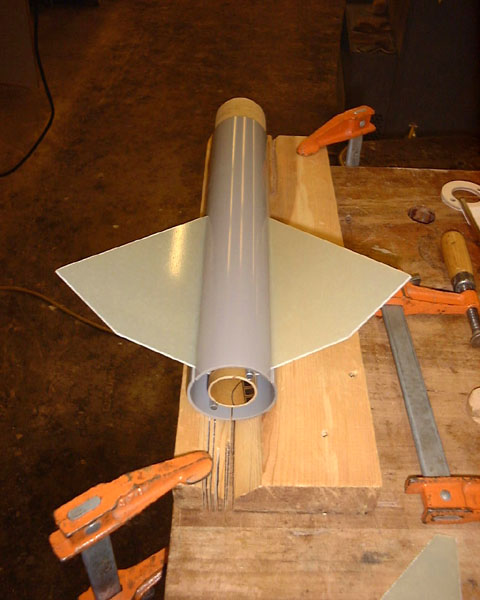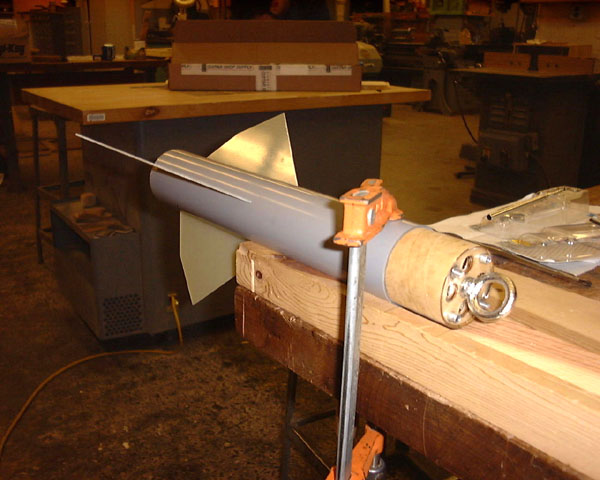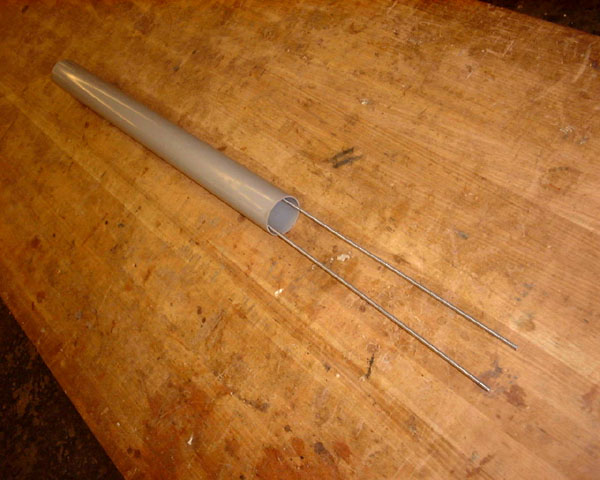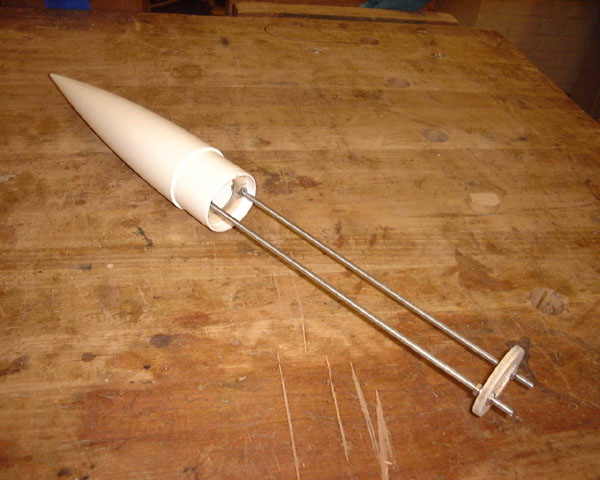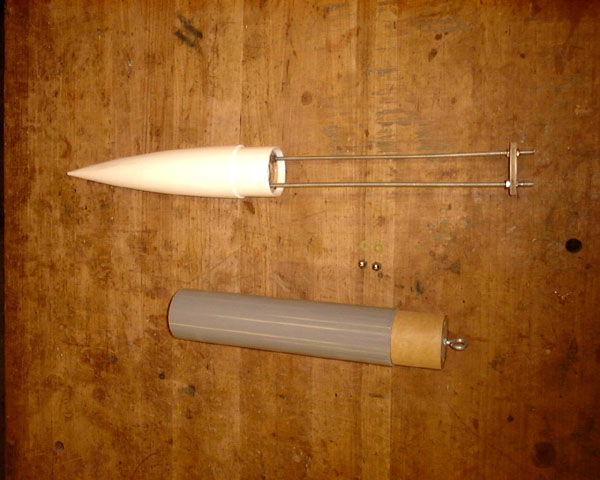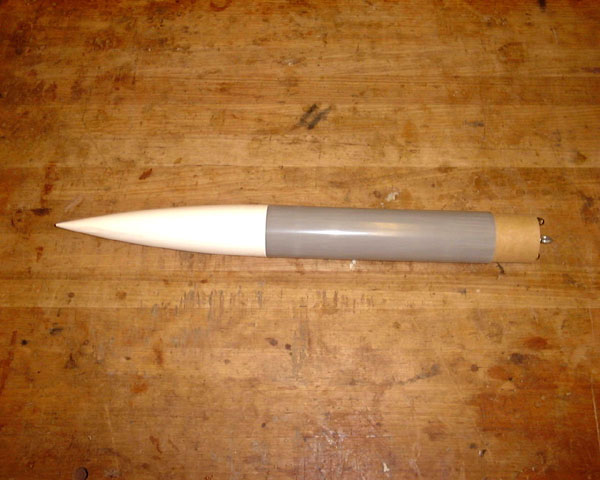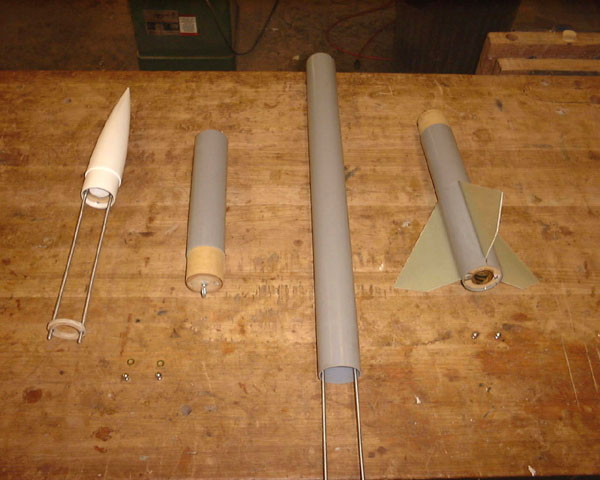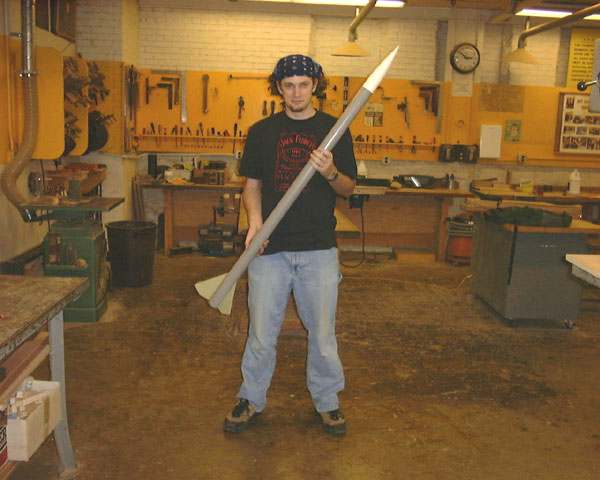I don't do this, and I don't consider it my business to "inform" or "correct" other rocketeers (except my kids) on how to enjoy the hobby. However, I want to ask a question regarding this post.One thing I find a bit annoying is when I see a more "experienced" rocketeer telling a newb that they should replace their rubber shock cords with kevlar, and toss their plastic chutes and get nylon, etc...on low or low-mid Estes rockets, or similar.
When you use the word "should," it brings to mind someone who is overbearing, who delights in showing other people how much he knows. Someone once told me that there are two types of people in the world -- knowers and learners. Knowers talk more than they listen, and respond to any topic by telling you what they know, rather than listening first to see what you know, and asking questions.
I find this to be very different from someone who sees a less experienced rocketeer struggling, and casually says, "Hey, you might want to consider _______. That has worked well for me."
Are we agreed on that?








